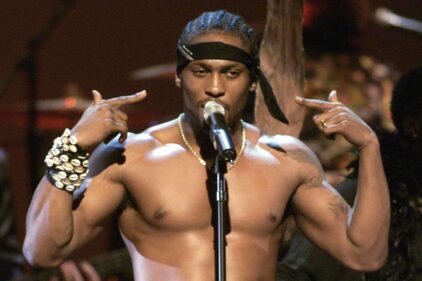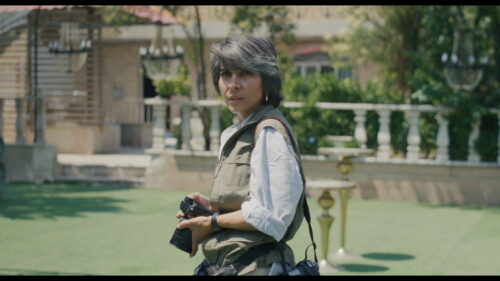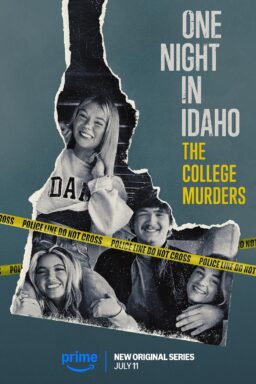It’s always surprising what films sneak up on you at a film festival. Of the three films I wrote about for this Telluride Film Festival dispatch, I would’ve guessed a Claire Foy-led movie about grief or a new Paolo Sorrentino joint (I’m probably one of the few “Parthenope” fans out there) would’ve been among my favorites of the fest. Instead, it’s a beautifully conceived Indian documentary about the wonders of love that struck me the most.
Delicate and heartwarming, Orlando von Einsiedel’s stirring documentary “The Cycle of Love” is the kind of film whose sweet subject transcends time and borders. See, back in 1975, Pradyumna Kumar Mahanandia, better known as P.K., met the woman of his dreams: Anne-Charlotte von Schedvin, also known as Lotta. She was traveling from Borås, Sweden, when she sat for P.K. to sketch her portrait. In 10 minutes for 10 rupees, their lives changed forever.
Einsiedel’s film literally takes several roads to tell P.K. and Lotta’s story. The first is astrological. At a young age, P.K. received a prophecy that his life partner would be a musically attuned Taurus whose family owns a jungle. P.K., who’s a Dalit, later drifted from his small town to Delhi, in the hopes of leaving his caste behind and possibly fulfilling said vision. Lotta, on the other hand, hailed from a household whose religious and geographical bubbles were small enough for her to crave exploration. She took the then-popular hippie trail, which stretched from London to Bangkok, toward India, where her path crossed with P.K. The pair immediately fell for each other during Lotta’s relatively short stay. And though she promised to come back in August when she left, that month came and went without her return. Determined and in love, P.K. left India via bicycle with the plan of cycling nearly 6,000 miles to Sweden to find her. It’s a plan that’s so crazy, it might just work.
Through letters, pictures, and memories, P.K. and Lotta share the details of their first few days together, their thoughts during their separation, and the trials and tribulations experienced by P.K. during his unthinkable journey. For the flashback sequences, Einsiedel and his team, which include editor Katie Bryer and director of photography Franklin Dow, craft some of the most believable reenactments I’ve ever seen. Chirag Benedict Lobo and Mina Dale portray P.K. and Lotta, respectively, during their younger years, with a 1970s patina giving their scenes a vintage feel.
For the film’s contemporary footage, both P.K. and Lotta are interviewed separately in their respective countries, leaving their union in doubt for much of the film. Both are wonderful storytellers who thoughtfully bring us into their emotional world. And while P.K. doesn’t go into the day-to-day difficulties of his journey (did he ever have to repair his bike?), his focus on the bright side of humanity by recounting the many ways strangers helped him persevere provides the kind of unwavering heart that drains one’s tear ducts.
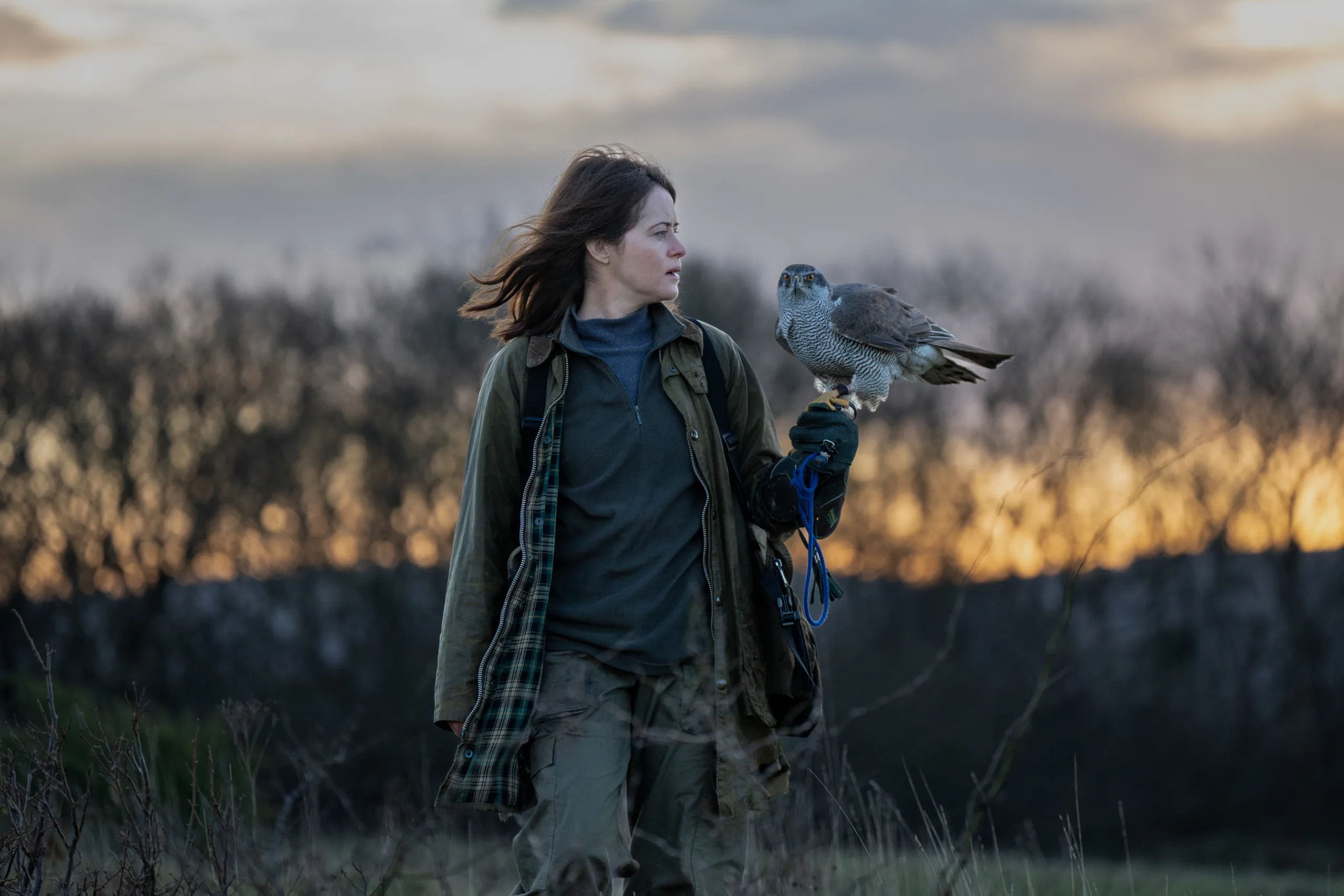
I should’ve been an easy mark for Philippa Lowthorpe’s somber character study “H is for Hawk.” For one, the film, adapted from Helen Macdonald’s same-titled memoir, is about the loss of a father. Also, the picture stars Claire Foy, an actress whose credits, such as “First Man” and “All of Us Strangers,” display her exacting ability to translate loss and grief for the camera. But “H is for Hawk” is so long-winded that when the aching payoff does arrive, its effectiveness is not enough to erase the exorbitant amount of time spent getting there.
Its hesitancy is surprising, given how quickly we arrive at the film’s central tragedy. We’re briefly introduced to Helen (Foy), a professor at Cambridge, and their photojournalist father, Alistair (Brendan Gleeson), through a phone conversation about hawks. Soon after that call, the news of his sudden, deadly heart attacks stops Helen in their tracks. Grief-stricken and broken, Helen decides to adopt an Eurasian goshawk. At first, the goshawk is a welcome addition, getting Helen out of the house and back into the world. But soon the bird of prey becomes an easy method for Helen to disassociate from their mother and brother, their friends like Christina (Denise Gough), and even their career. Helen also becomes incredibly protective of the hawk and grows more enamored with watching her hunt and kill. The former impulse, of course, insulates them from experiencing loss, while the latter brings them closer to interacting with death.
While watching the hawk does evoke genuine awe, Lowthorpe would’ve probably done well to limit those scenes rather than having at least half a dozen of them. By the third instance, we have a full understanding of Helen’s emotional journey. The film also leaps in and out of Helen’s memories of their father. Many of these sequences swirl in a hazy concoction of overexposed lighting, lens flares, and dreamlike logic. These scenes are sometimes a welcome sight, if only because Gleeson brings such warmth to this role. But even these take their toll with steady repetition.
Foy succeeds in holding our attention. Her sunken features and grey pallor acutely convey the physical toll of grief, while her reserved presence offers an intimate glimpse. Her stiff upper lip, therefore, lends the film’s later sorrowful scenes added pathos. Still, a couple of false endings undercut the earned emotion, leaving one feeling exhausted by a story that should’ve easily left one touched.
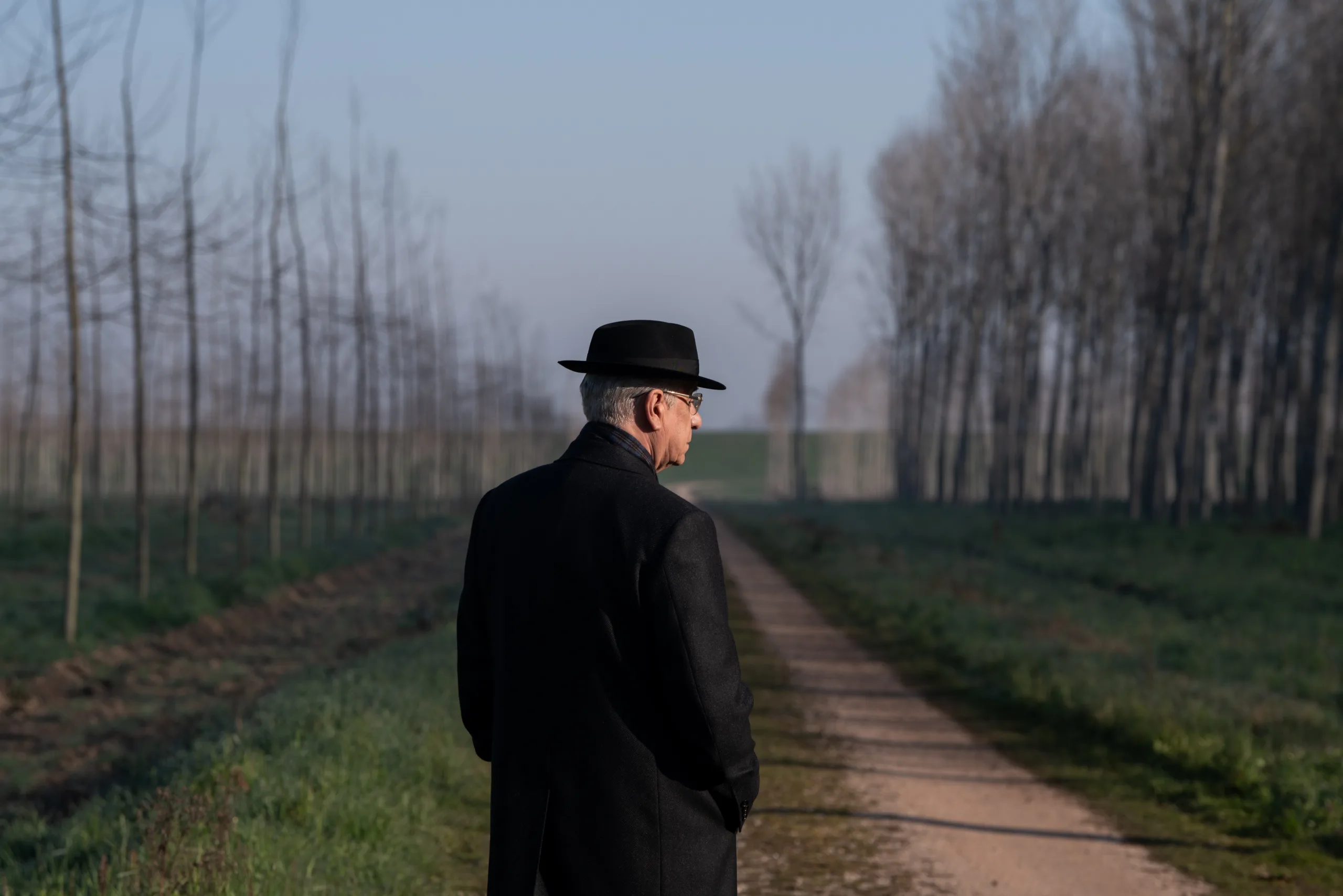
Somehow, writer/director Paolo Sorrentino’s “La Grazia” is even more restrained than “H is for Hawk.” Discarding his usual seaside setting and interest in the human physique, Sorrentino set his sights on the final days of Italian President Mariano De Santis’s last six months in office.
Here the usually measured De Santis has a few key items left to consider: an euthanasia bill that goes against his Catholic beliefs but is greatly desired by his jurist daughter Doretea (Anna Ferzetti), clemency requests for a battered woman who murdered her husband (Linda Messerklinger) and a man who killed his Alzheimer-stricken wife (Vasco Mirandola), and whether to put down his dying horse Elvis. All of these issues are put on the proverbial back burner in lieu of De Santis working to figure out who his deceased wife’s lover was forty years ago.
Much of the film occurs behind the cold walls of the Quirinal Palace, where De Santis takes meetings—like an orbiting Italian astronaut whose tears confound the president—while considering those aforementioned items. Sometimes De Santis goes out to smoke, and at other times he has dinner with his hilarious old friend Coco Valori (a scene-stealing Milvia Marigliano). In the meantime, a techno score intermittently pokes through the sterility of palace life. Oddly enough, I preferred the sedentary existence Sorrentino captures in the early going of this film rather than De Santis’s trips outside to the prison holding the two defendants or his sojourn to the place where he met his wife. The lens and scope might widen, but the heart does not. Instead, it remains as concrete as De Santis.
Still, Sorrentino collaborator Toni Servillo (“The Great Beauty”) as De Santis gives a tightly calibrated, stoic performance whose subtlety and ambiguity, particularly the tiny hurts that cause major distress, entrance us for a considerable amount of time. But it’s not enough to warm this consciously cold picture, leaving one feeling distant even when Sorrentino gestures to bring the viewer closer to this lame duck ruler.


